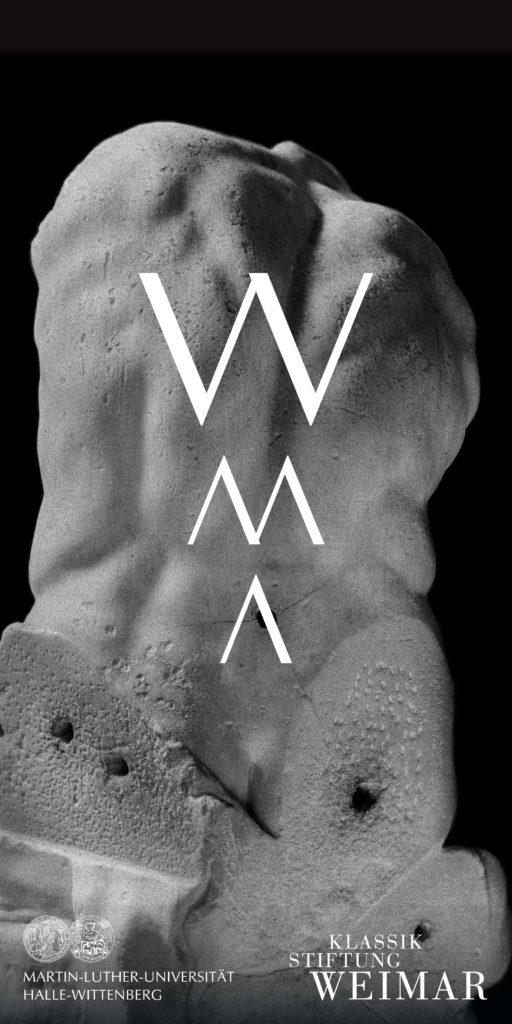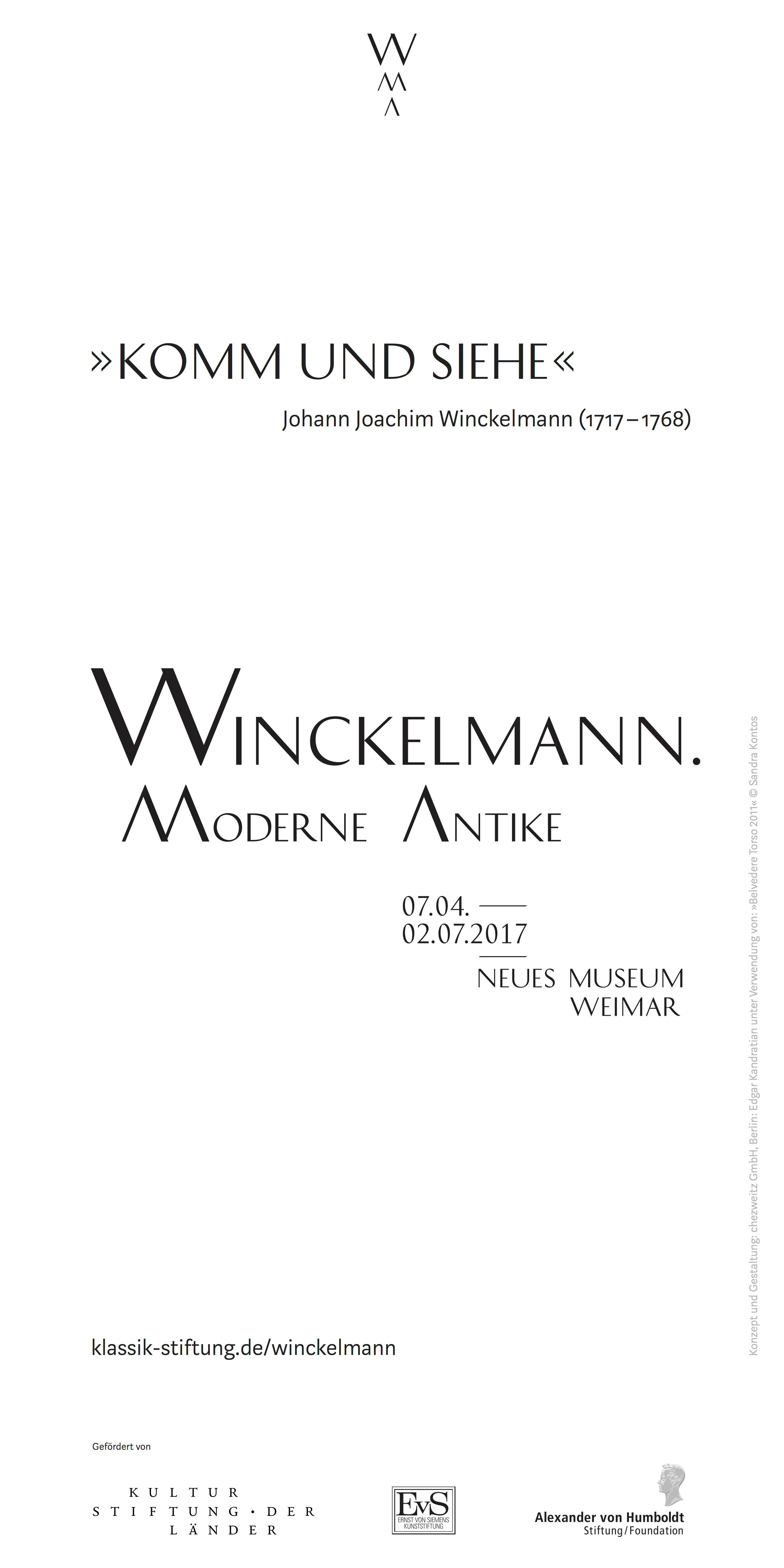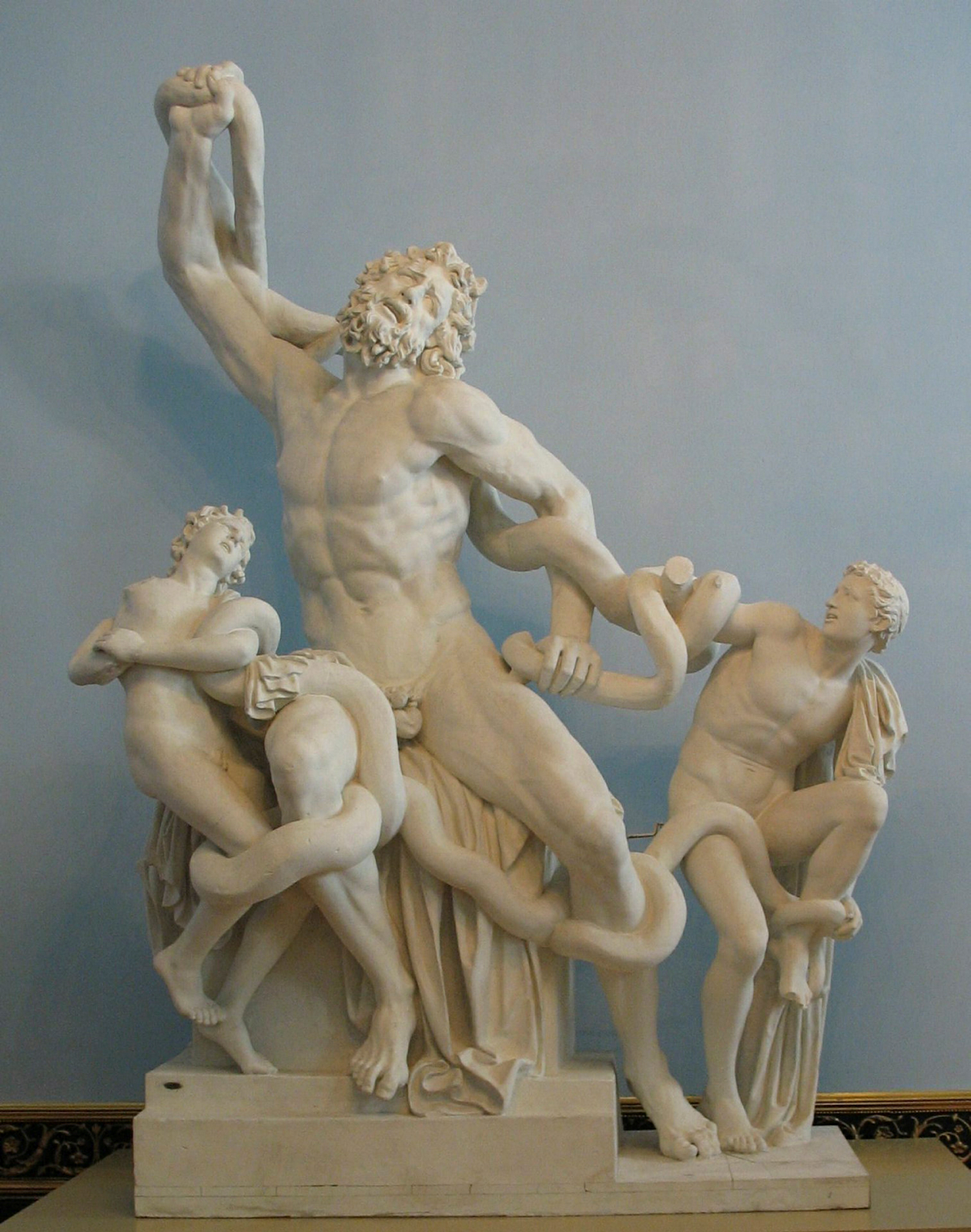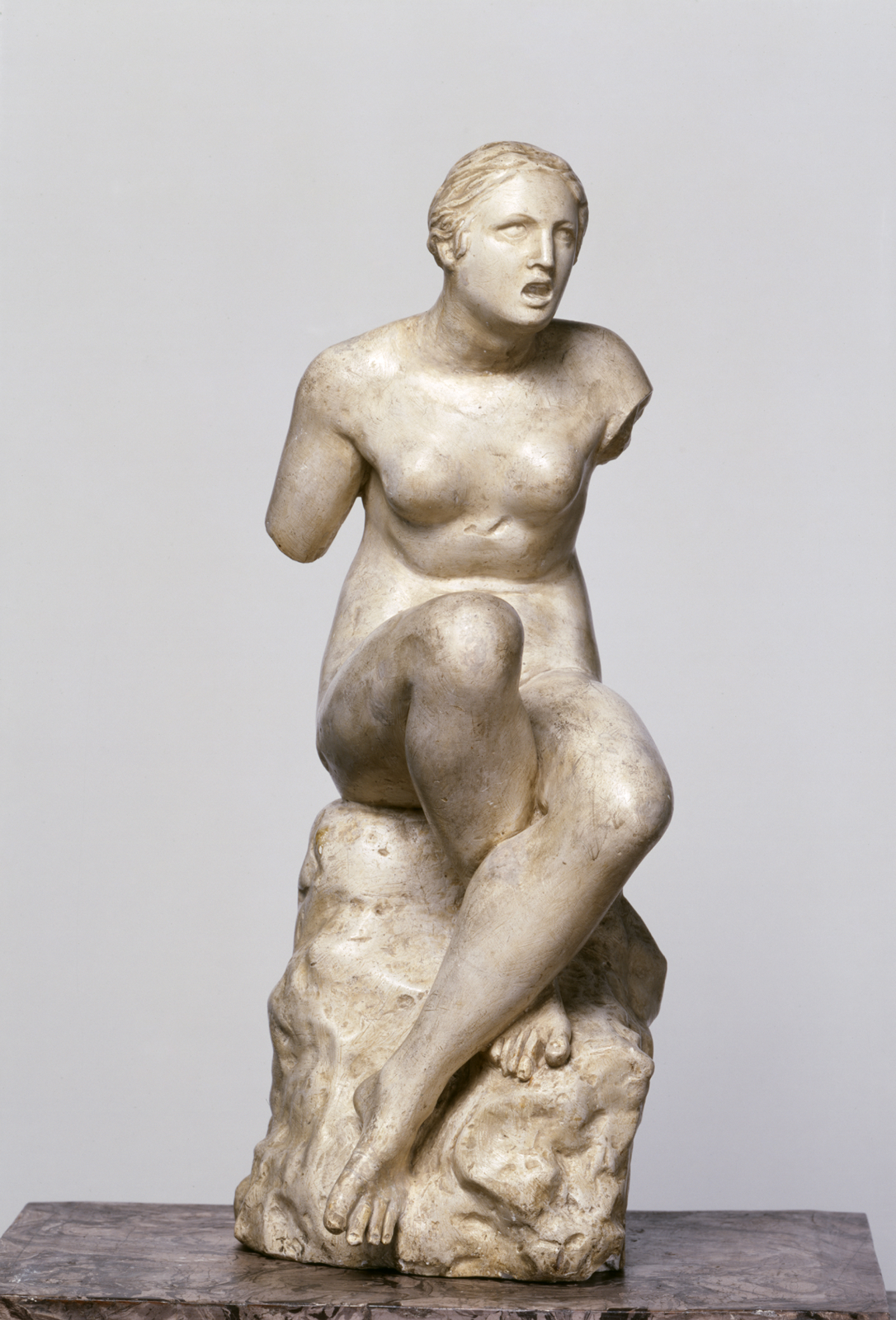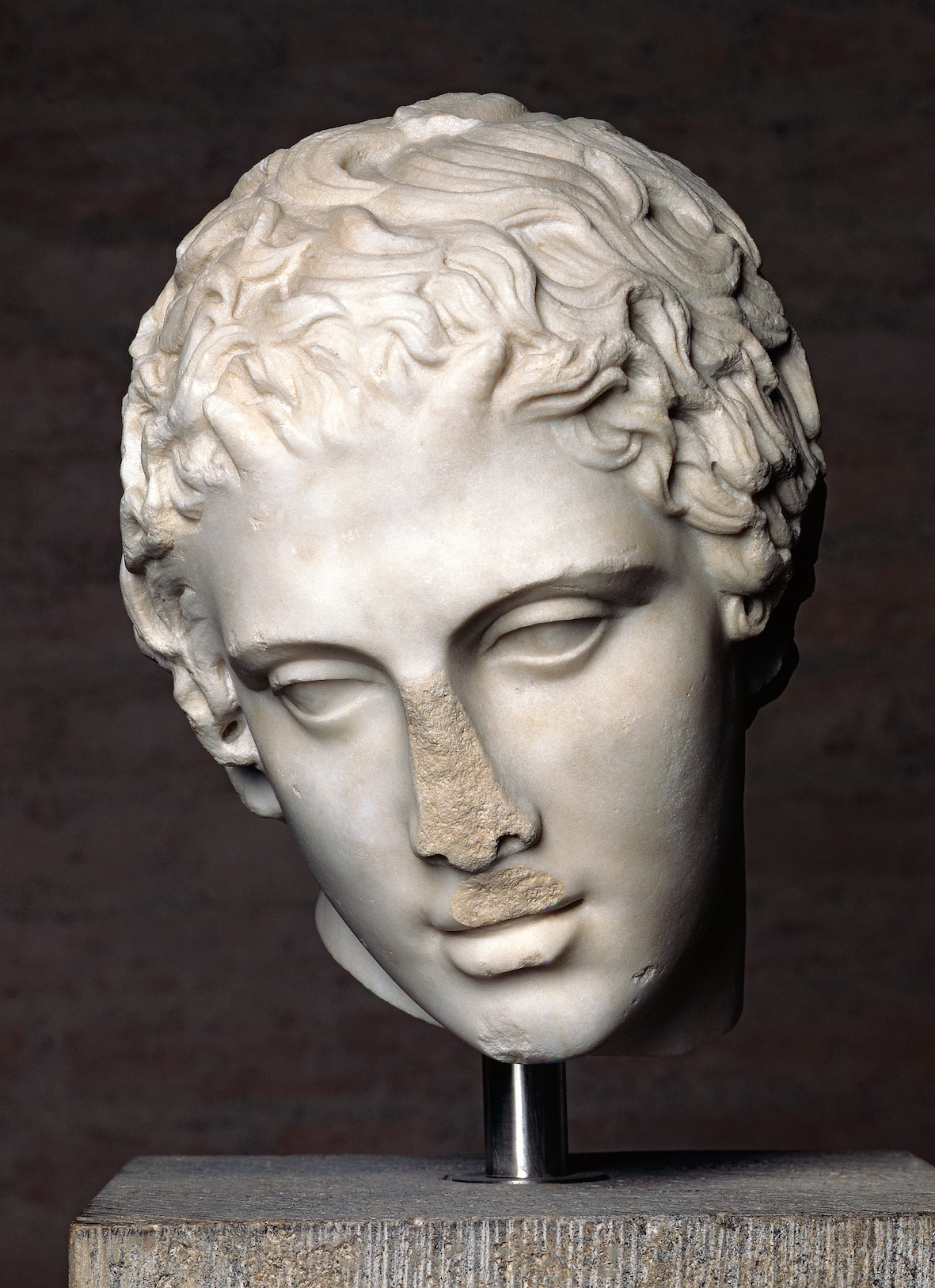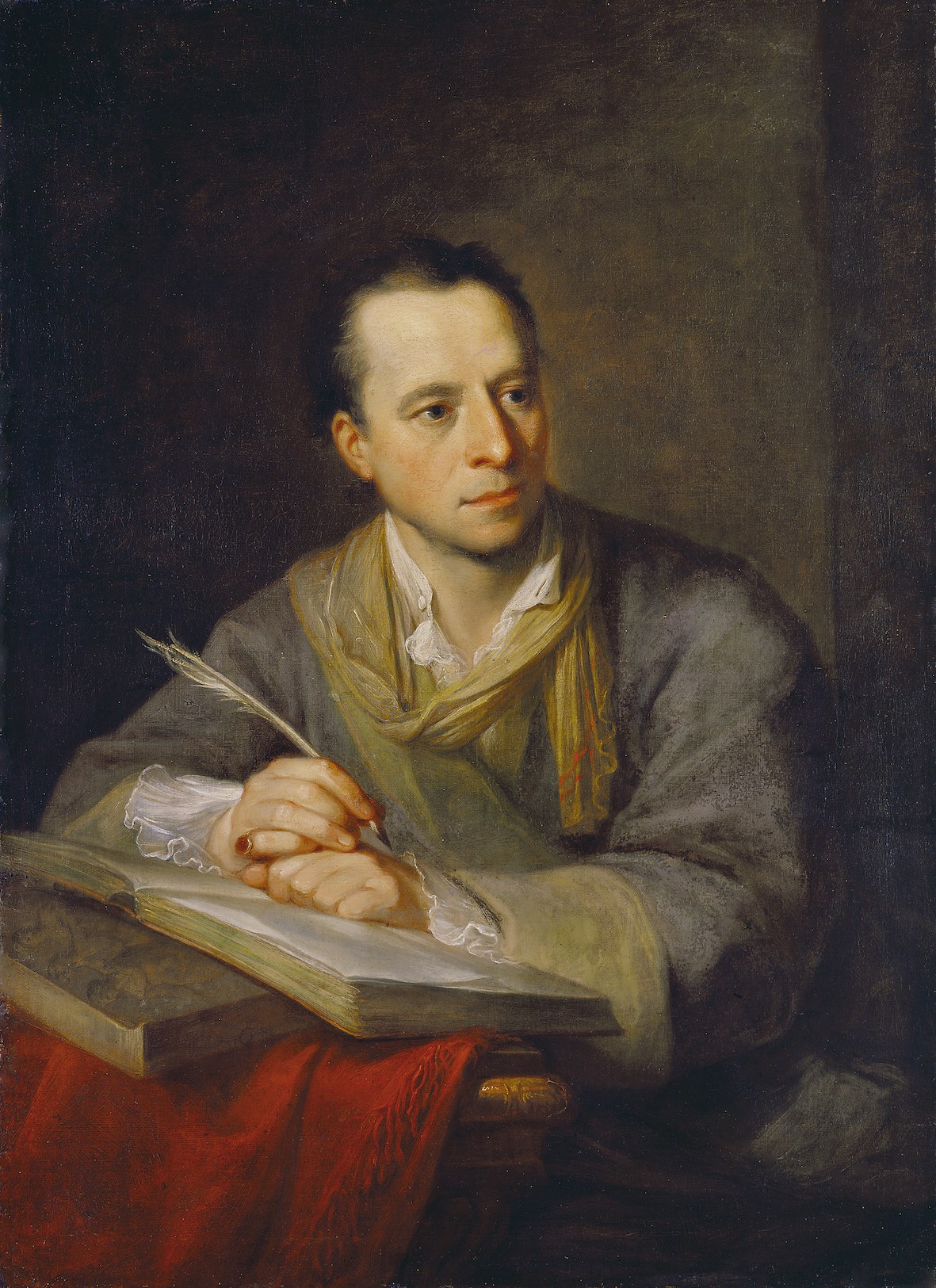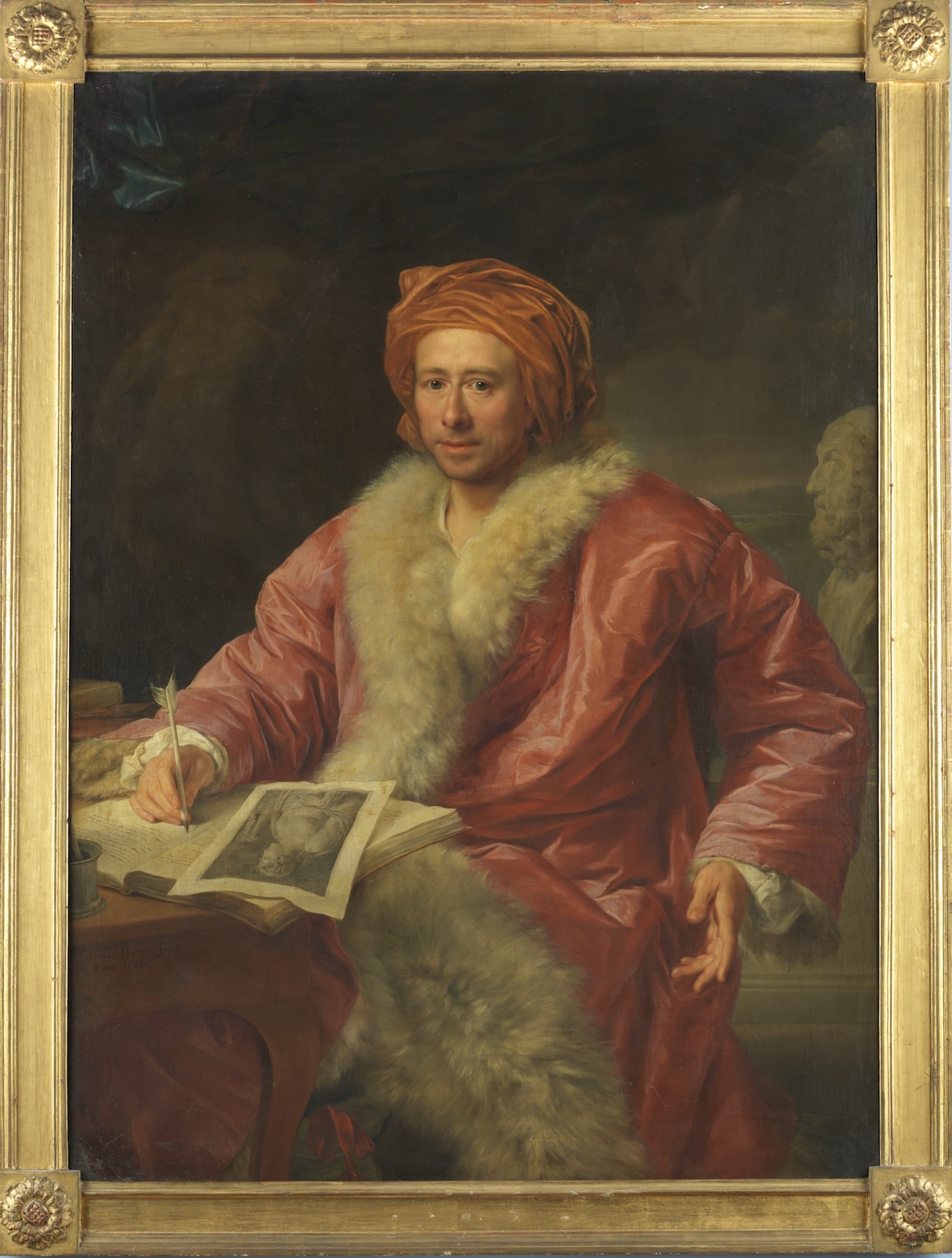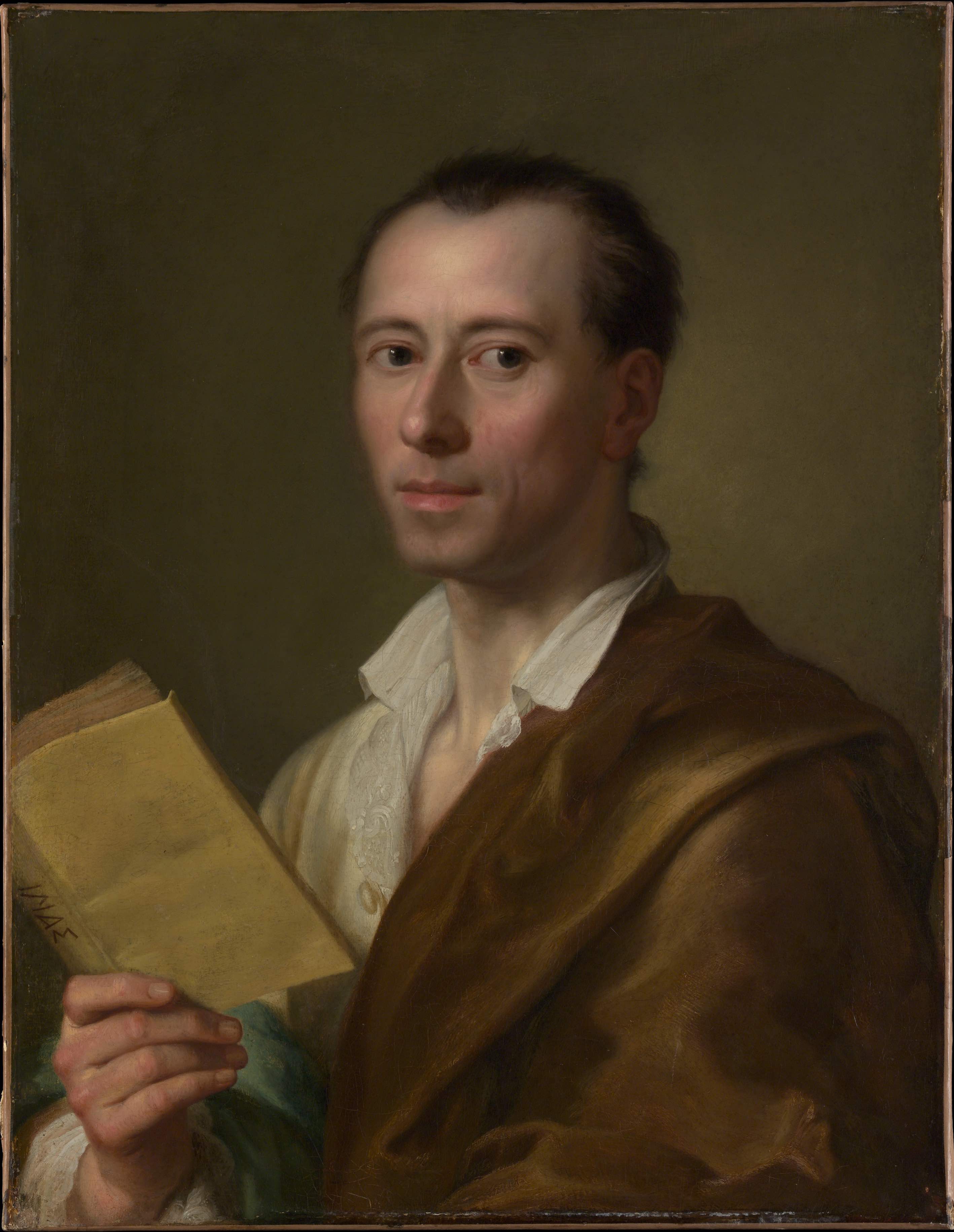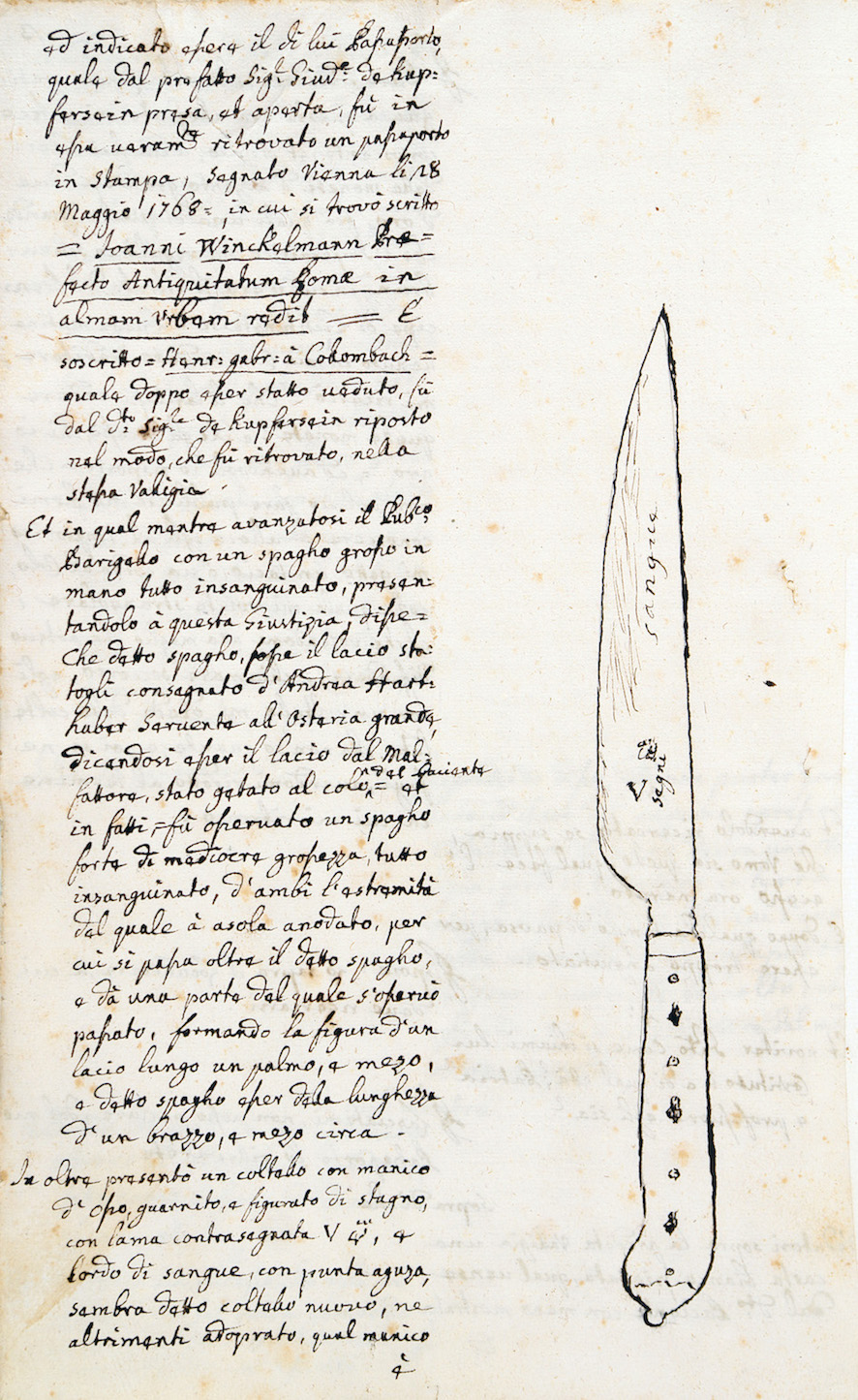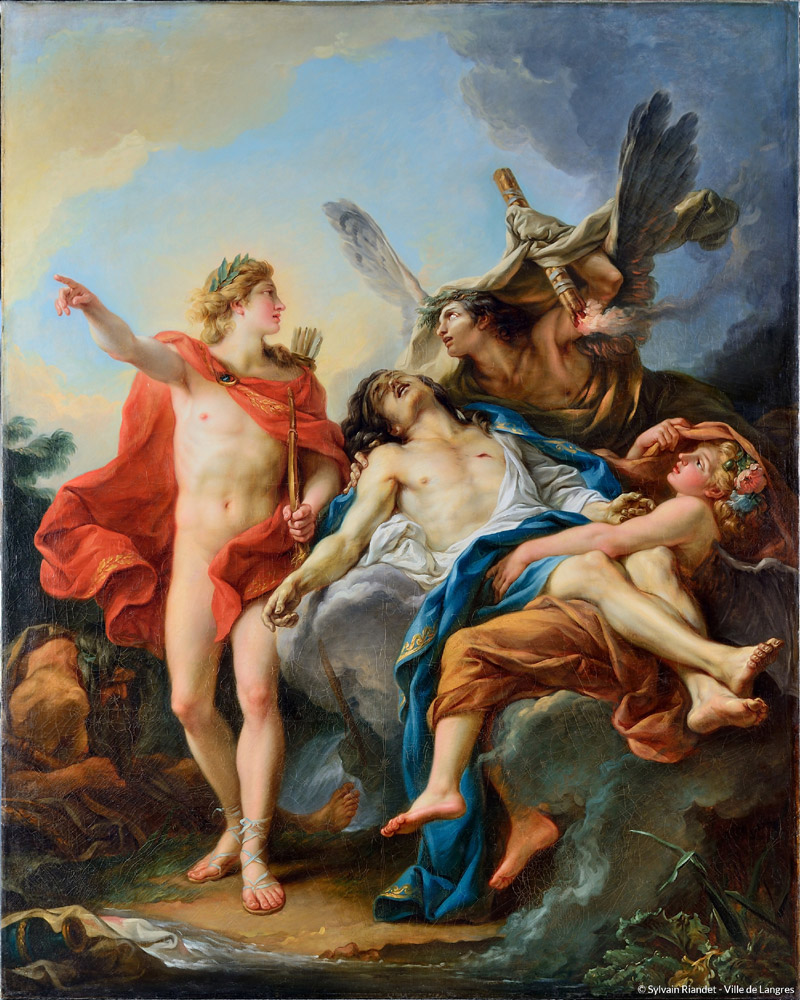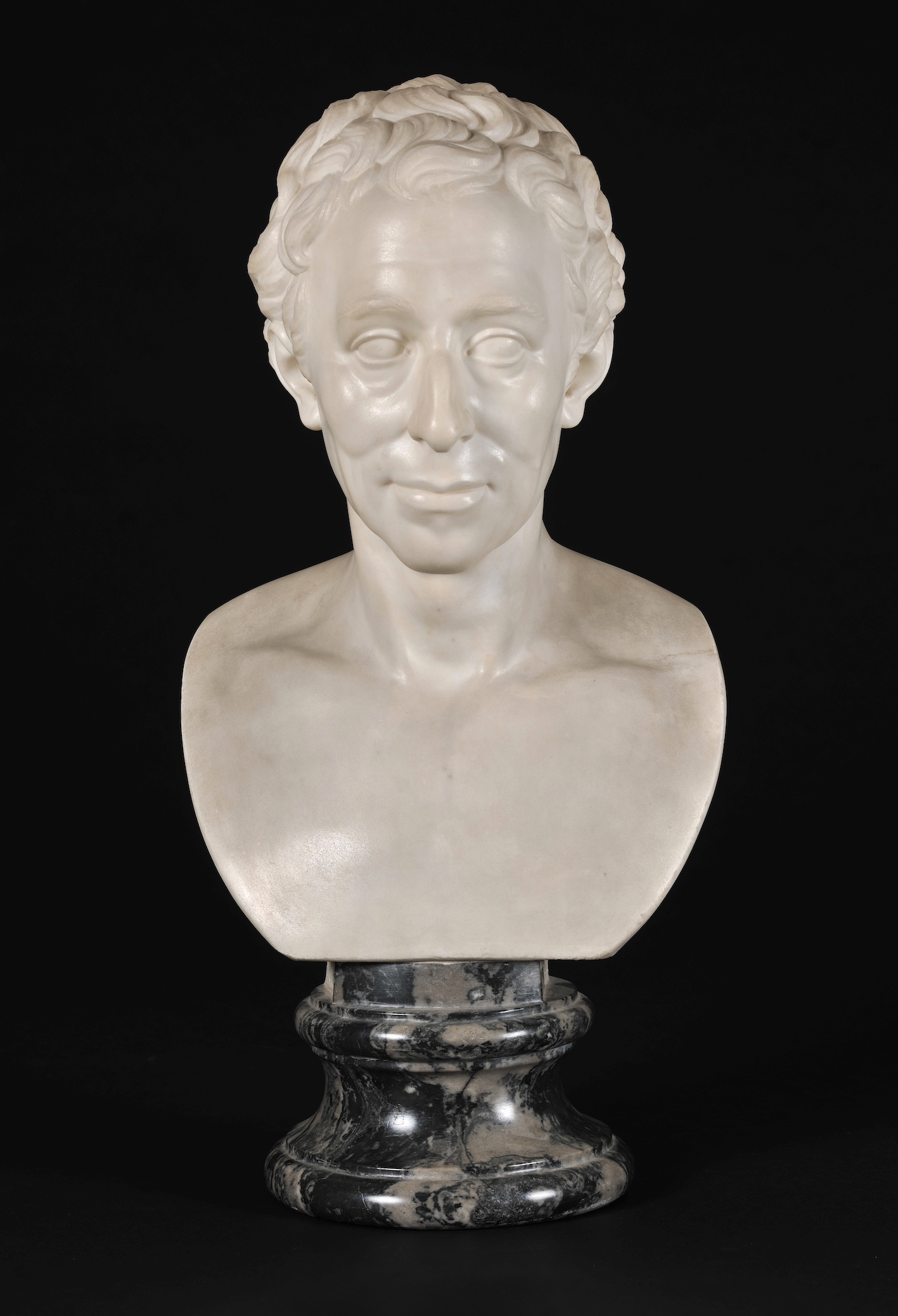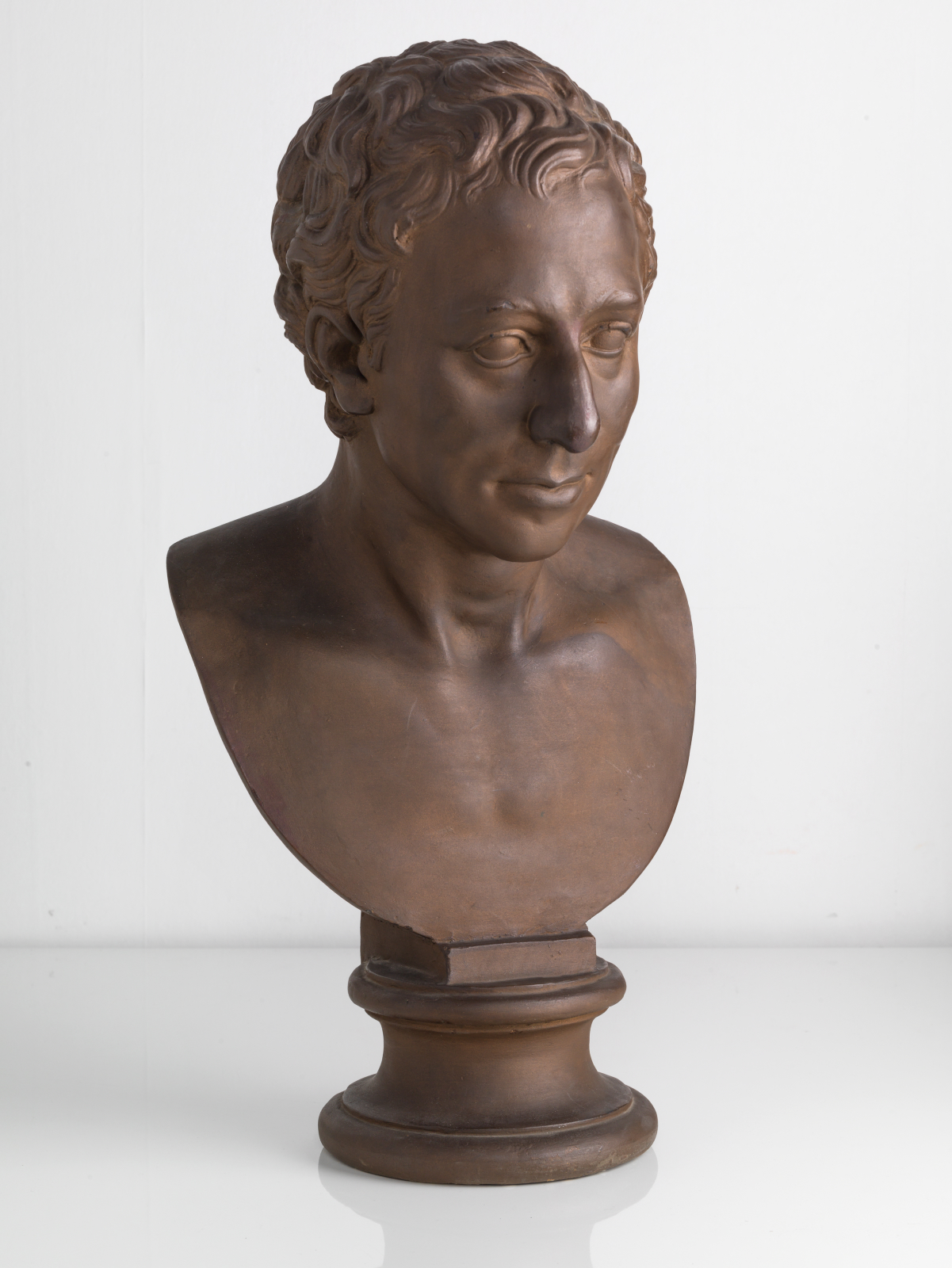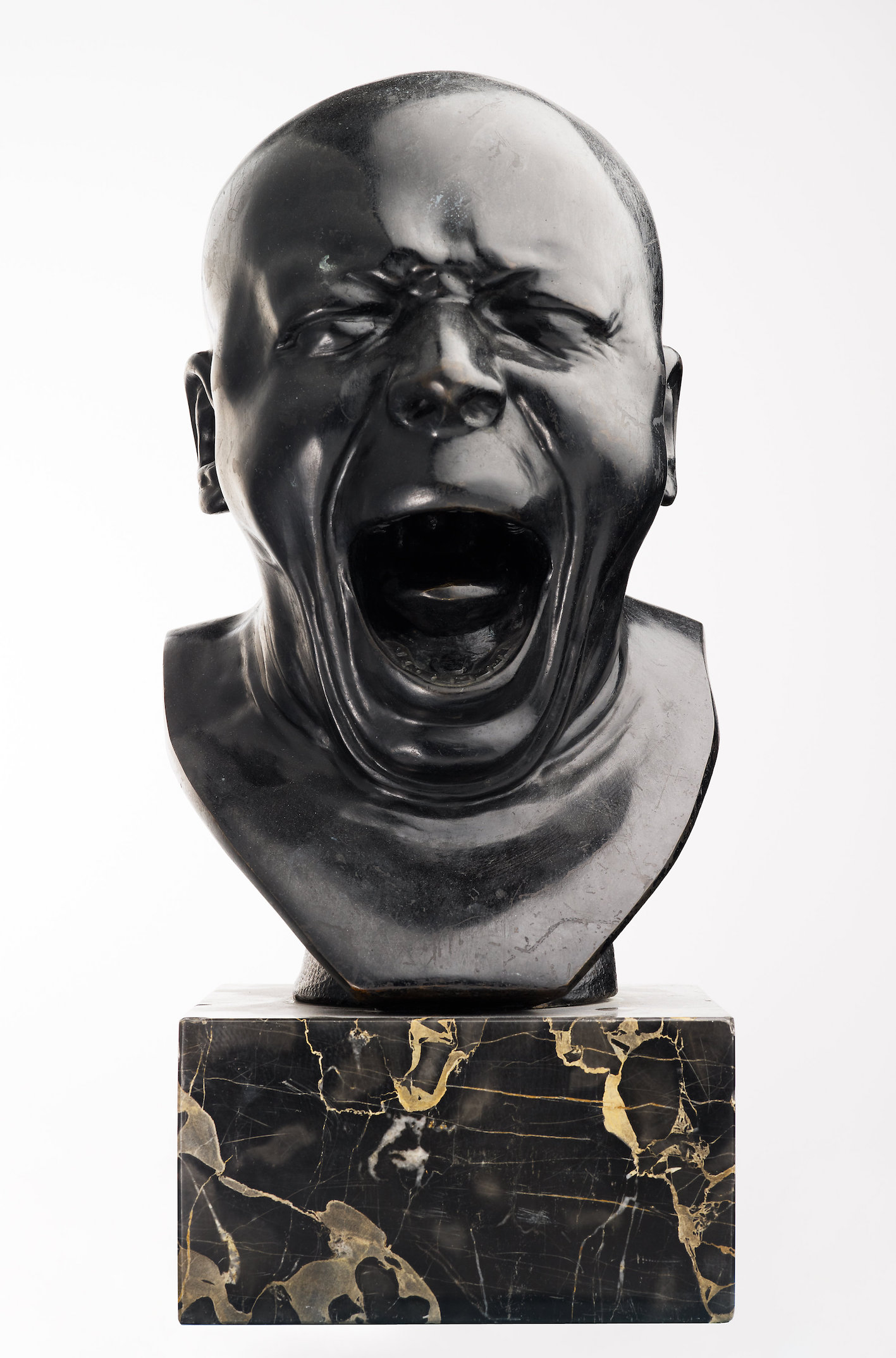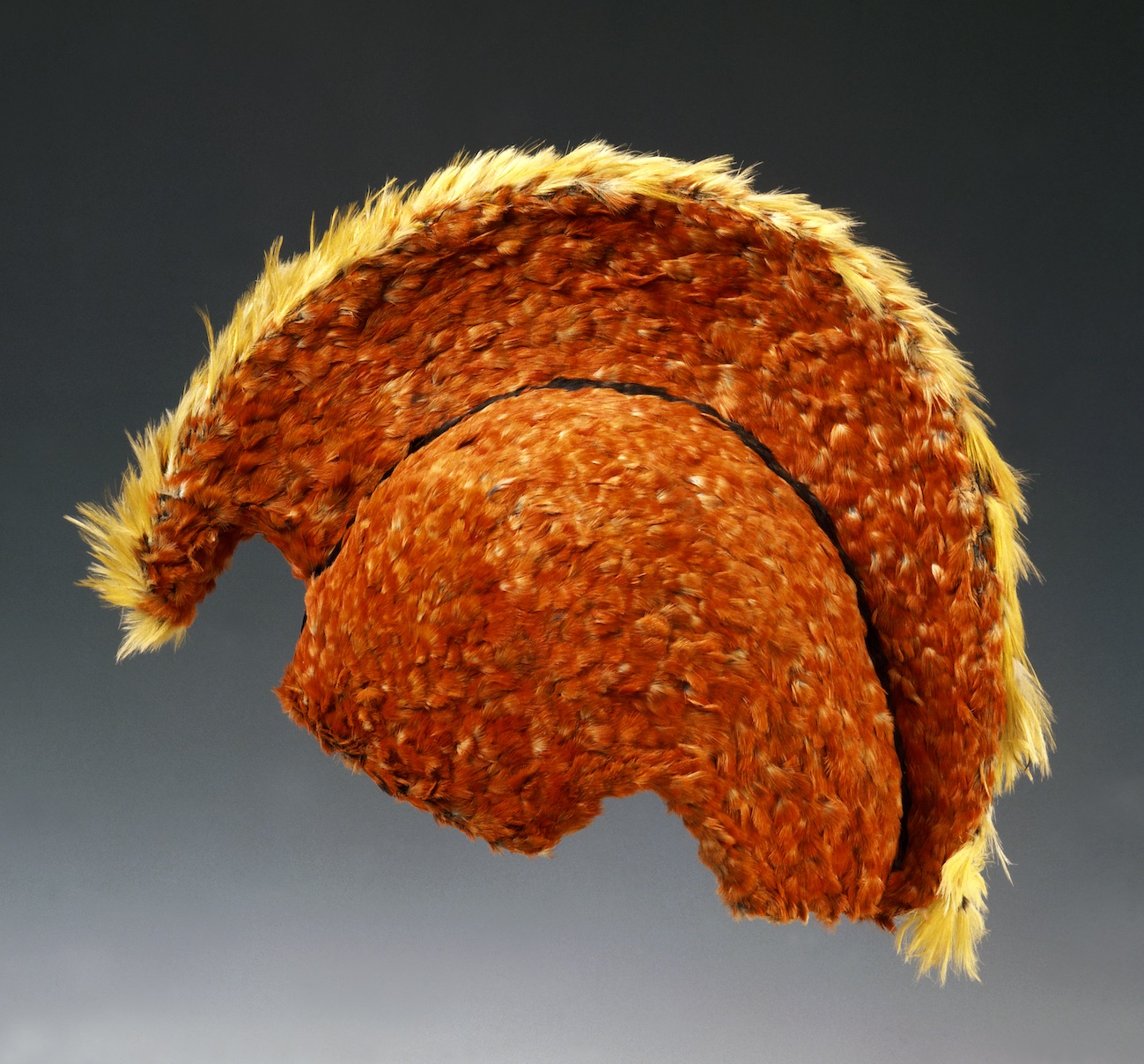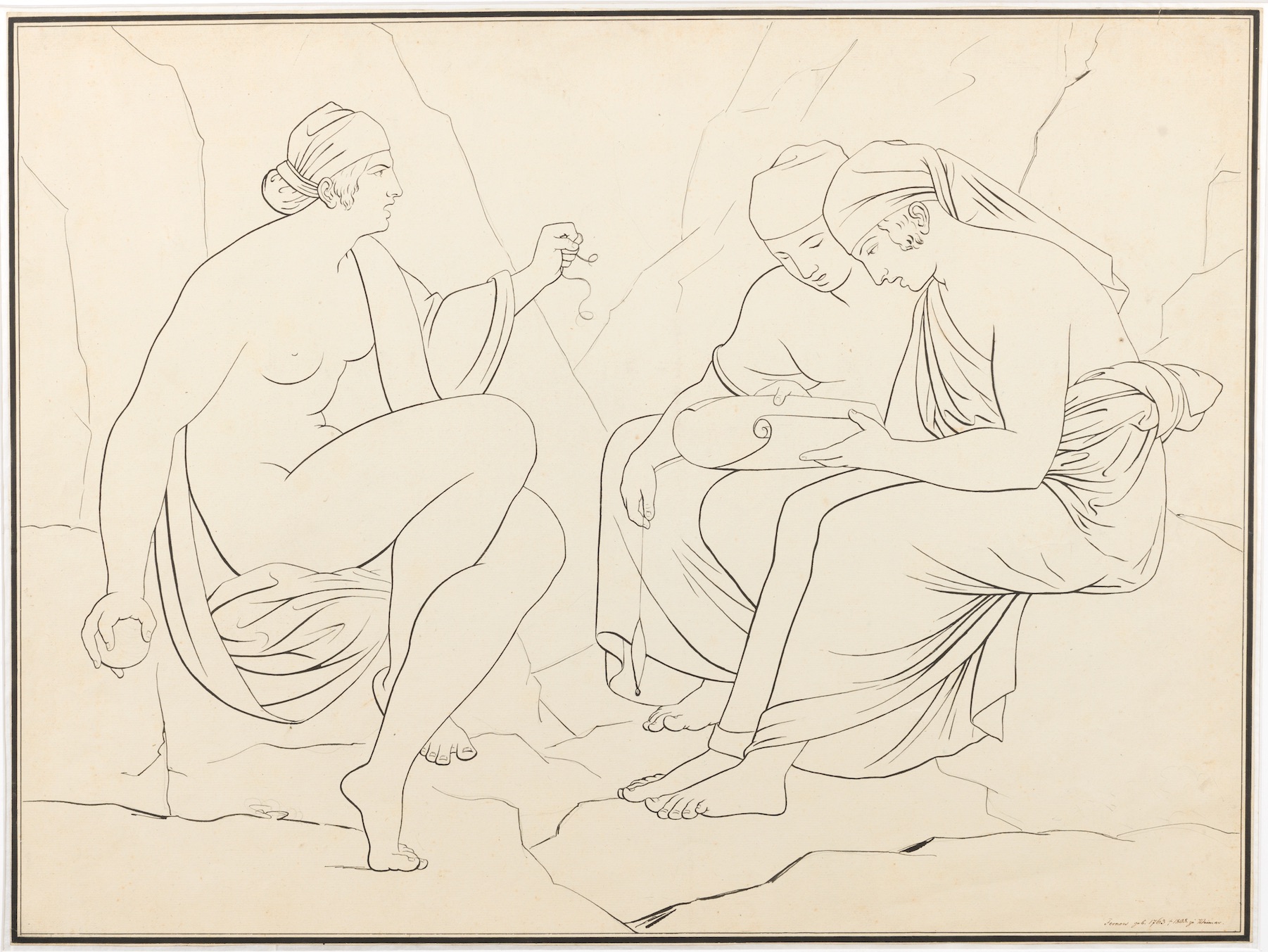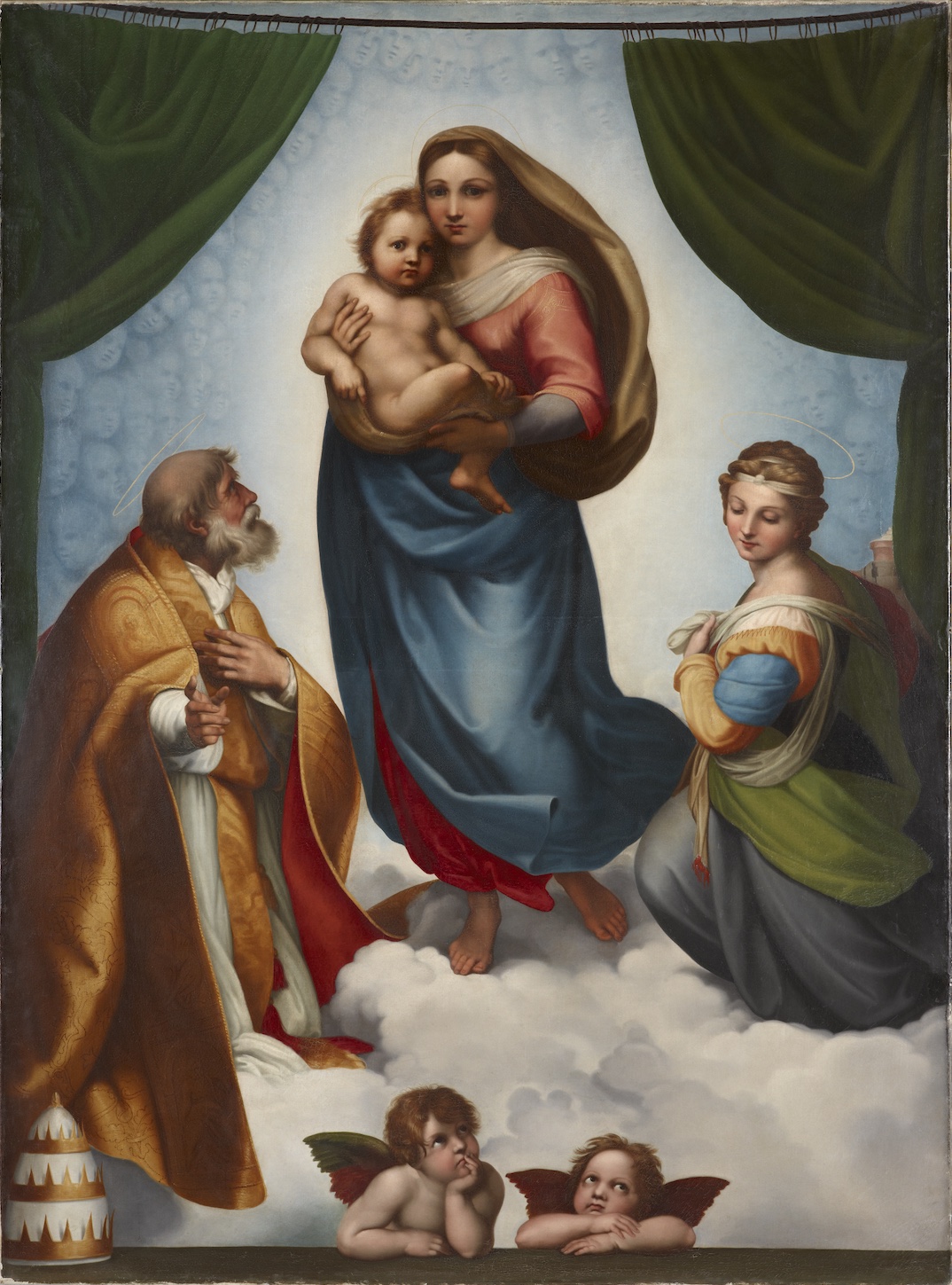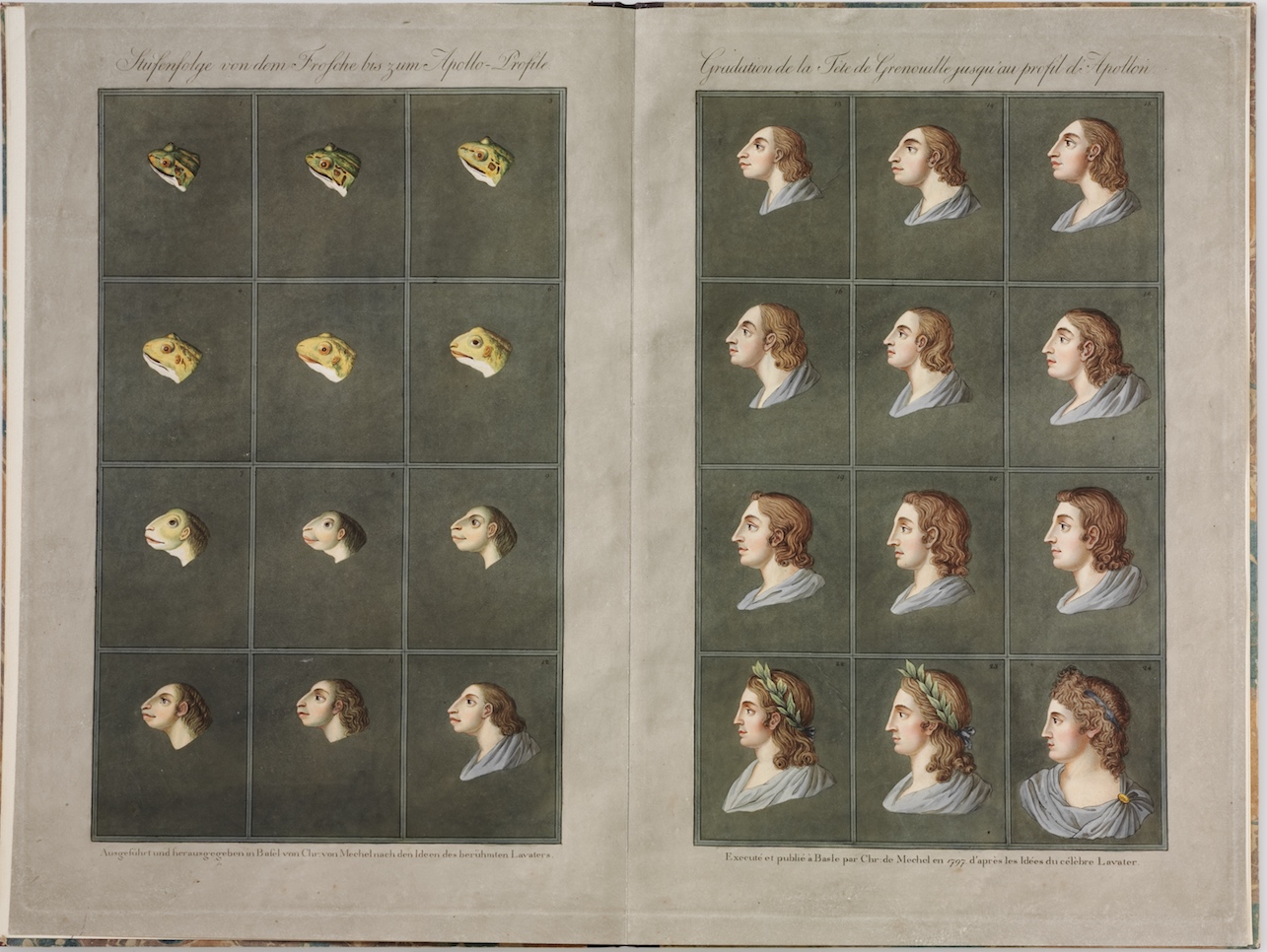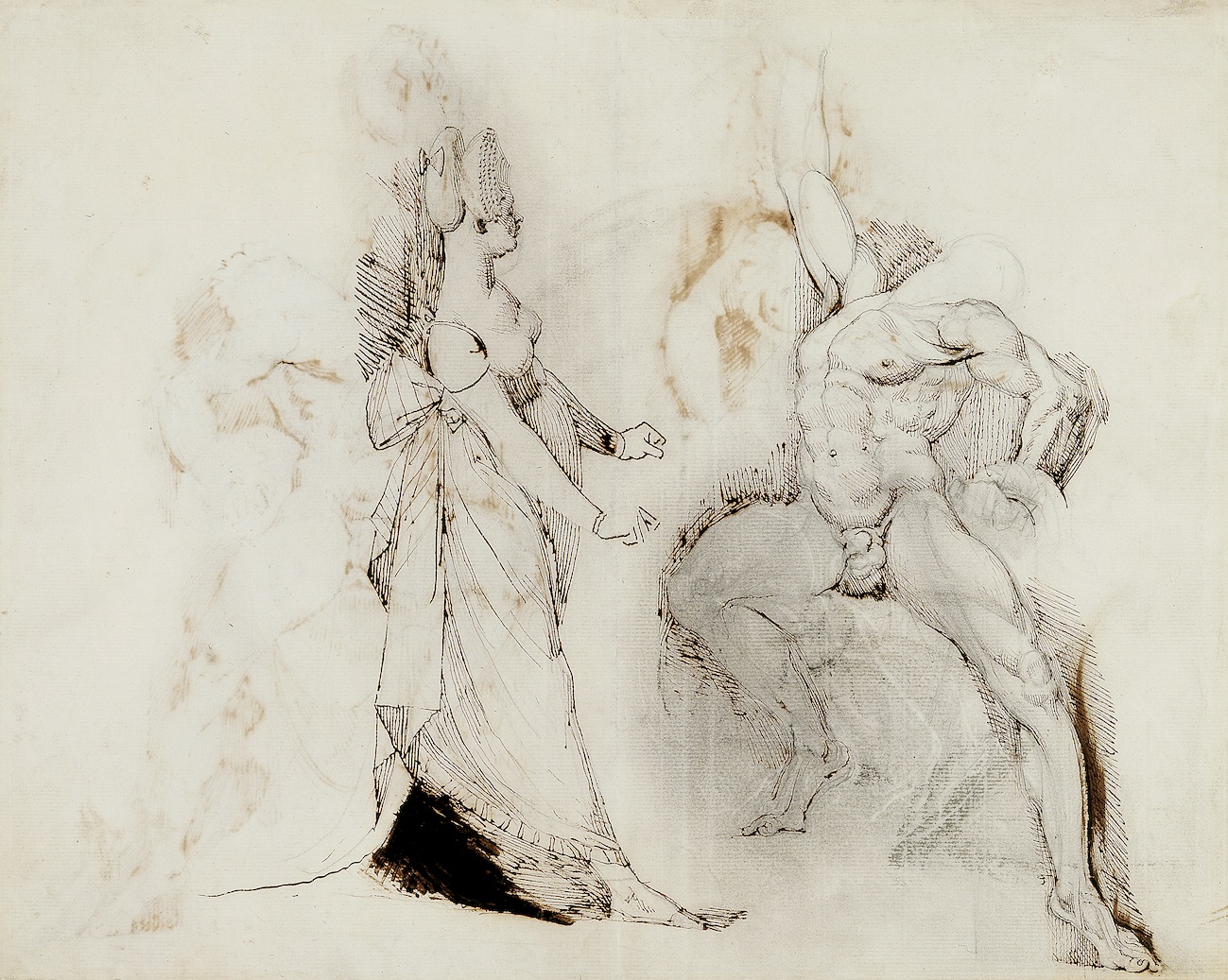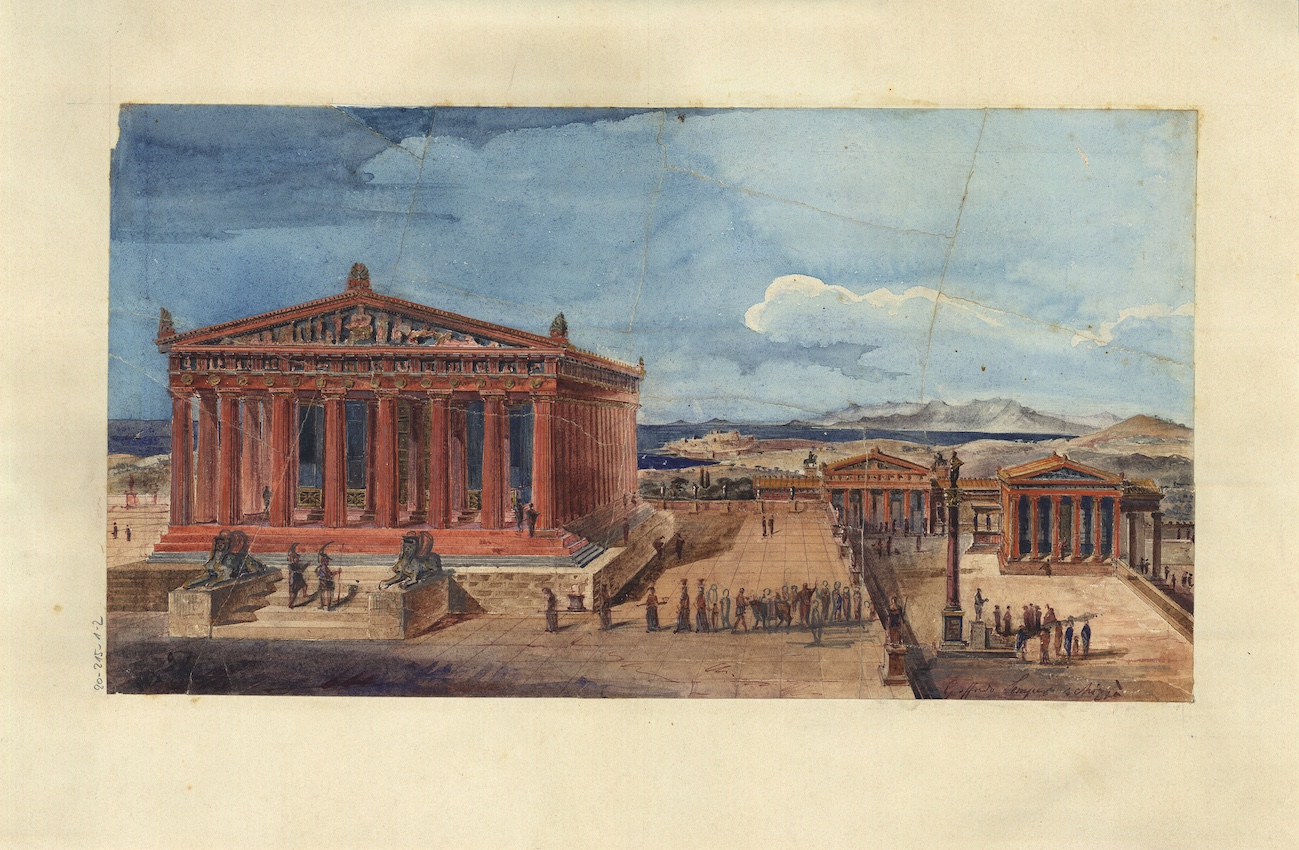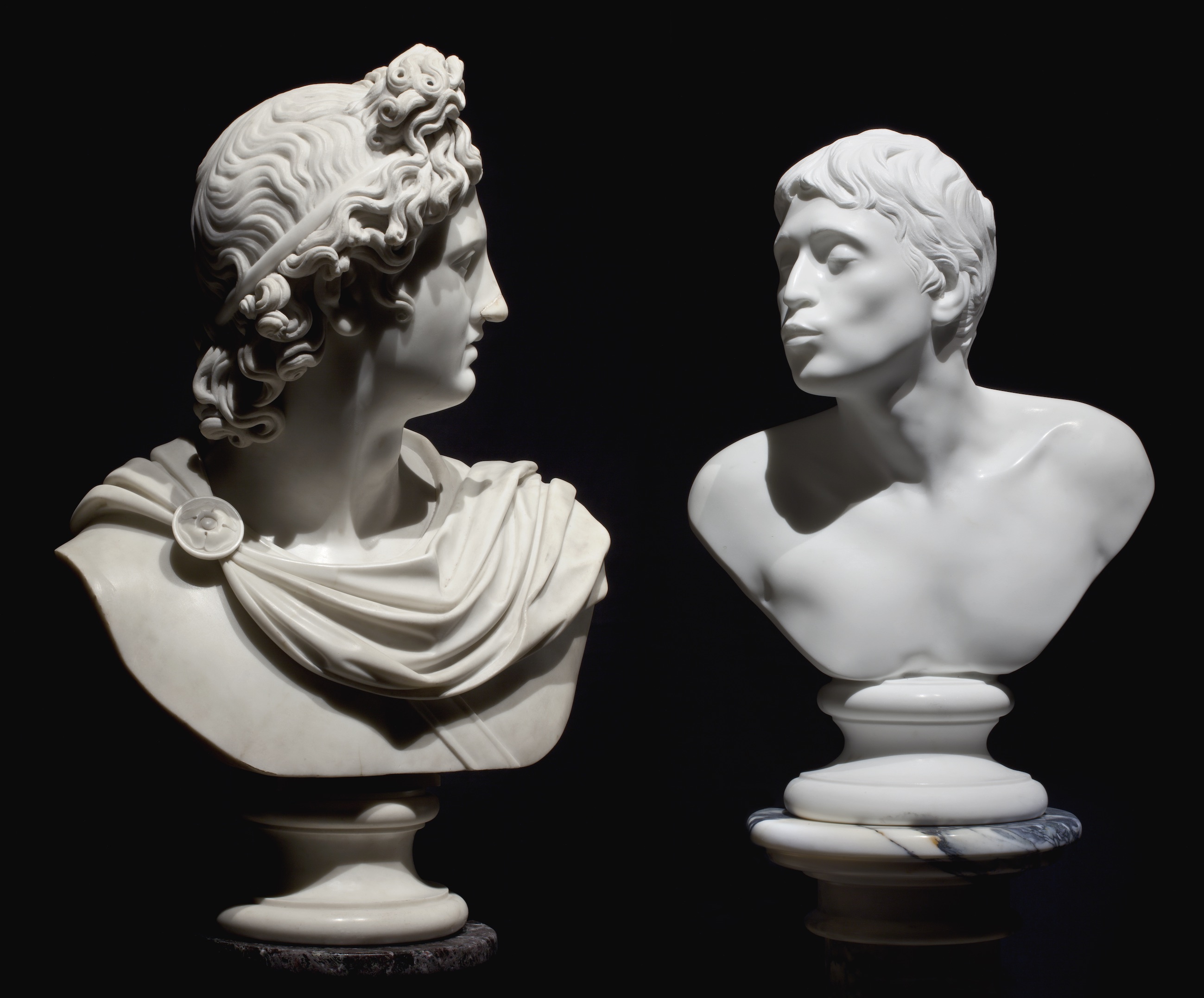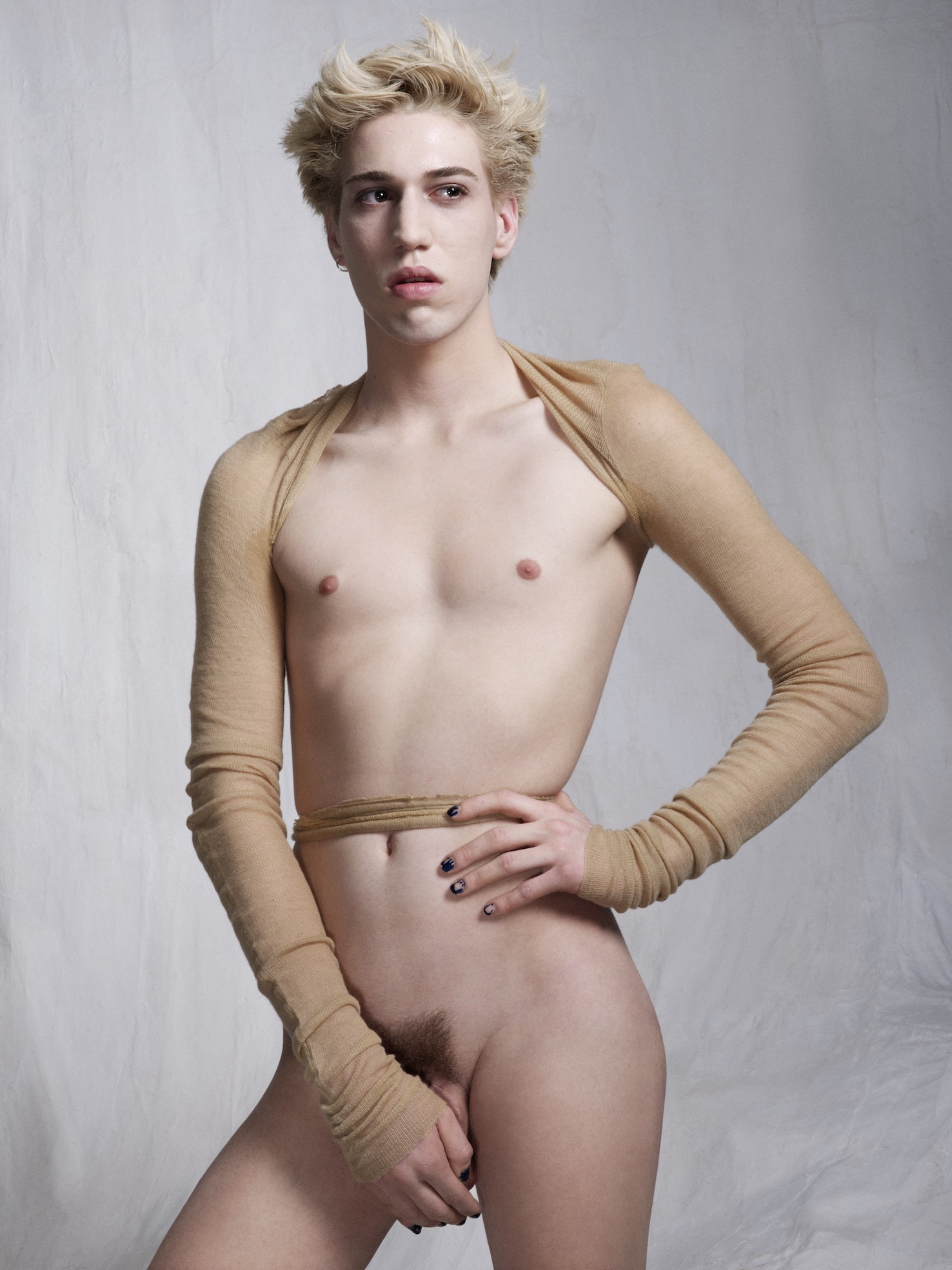Anniversary exhibition commemorating the 300th birthday of Johann Joachim Winckelmann
Neues Museum, Weimar
7 April – 2 July 2017
Johann Joachim Winckelmann (1717 – 1768) was a giant of his age; he was the founder of modern art history and archaeology and a pioneer of German classicism. He made a contribution to the history of ideas and culture in Europe that few could rival. This December marks the 300th anniversary of Winckelmann’s birth. To celebrate the occasion, from 7 April to 2 July 2017, the Alexander von Humboldt Chair for Modern Written Culture and European Knowledge Transfer at the Martin Luther University Halle-Wittenberg, together with the Klassik Stiftung Weimar, will host the world’s first major exhibition on Winckelmann. The organisers plan to reconstruct the most important aspects of his life as a scholar over an exhibition area of more than 1,000 square metres and with more than 200 exhibit items. The exhibition will be accompanied by a comprehensive academic program in Weimar and Halle.
The first part of the exhibition presents a loose chronology of the multifaceted genesis of Winckelmann’s work, spanning tradition and innovation. Under the keywords ‘reading’, ‘seeing’ and ‘touching’, the exhibition presents Winckelmann’s at first mostly textual and then increasingly sensory engagement with antiquity in Dresden, Rome and Florence. The second part of the exhibition examines the many avenues of inquiry that Winckelmann opened up and their productivity in the later artistic, scientific and socio-political debates of the 19th and 20th centuries. The projective character that characterised Winckelmann’s conception of classical art has also framed the way modernity has engaged with him and with his ideas. The exhibition illustrates this with the three themes of ‘aesthetics’, ‘anthropology’ and ‘politics’, which exemplify affirmative and critical engagements with Winckelmann in modernity.
Extra muros – an international classicist
Winckelmann’s threefold reputation as the father of modern art history and archaeology, as the champion of Greek beauty and as a linguistic genius, quickly earned him the status of a “great thinker” in German literary, cultural and art history. His speech about the “noble simplicity and quiet grandeur” of Greek-antique art made a particular contribution to his reputation and over time became the basic formula of classical aesthetics in Germany.
The exhibition Winckelmann. Modern antiquity will not limit itself to Winckelmann’s reputation within Germany. The exhibition also explores the international orientation and influence of his work. Winckelmann, who was born into humble origins as the son of a cobbler, spent the first three decades of his life in the German provinces before coming to Dresden – a place where antiquity was noticeably absent and baroque exuberance even more pronounced. At the age of 38, he moved to Rome where, supported in his endeavours by worldly Roman prelates, he became one of the most sought-after city guides and he associated with nobles from all over Europe. He established here a wide network of correspondents from Italy, France, England and other countries. Without this European network, the impressive dimensions of which are presented in the exhibition, it would have been unlikely that international reception of Winckelmann’s work would have been so far-reaching. Winckelmann is without doubt one of the most prominent, and perhaps even one of the first German-speaking writers of the modern period, who was read and received with great attention throughout Europe. With Winckelmann, German-language literature escaped the confines of germanophone Europe and became an export product.
Beyond disciplinary boundaries
Winckelmann’s work transcended boundaries in a further sense: Winckelmann was received widely not only across cultural and linguistic boundaries, but also across disciplinary boundaries that became more sharply defined and increasingly exclusive in the nineteenth century. These interdisciplinary aspects of Winckelmann’s work are not given short shrift in the exhibition. We can trace their origin back to the specific kind of questions that Winckelmann raised throughout his work, from his first publication Thoughts on the Imitation of Greek Works in Painting and the Art of Sculpture (1755), to his great historical work, History of the Art of Antiquity (1764). Is art in fact capable of development? What paradigms may we make use of to write its story? Are all peoples able to produce “beautiful” art? Wherein lies the specificity of Greek culture? If Winckelmann’s work could have such a multifarious effect, it was because it was unique in trying to answer these questions – questions with which, in addition to art history and archaeology, stricto sensu also anthropology, ethnology, natural history, the history of science and the political discourse, saw themselves in conflict. A series of exhibits illustrate various subject areas that have become entwined and influenced by Winckelmann’s thoughts about art.
Ambivalent Aesthetic – Aesthetic of Ambivalence
Winckelmann resists easy classification as a thinker in a third sense: contrary to the widely-held view that his thoughts about art are unified around the credo of “noble simplicity and quiet grandeur”, they in fact overcome the limitations of the classic doctrine to which his thought is often still today reduced. This reductive tendency was particularly common during the period of Weimar classicism, when his advocates canonised a narrow image of Winckelmann that served their purposes. Only a short time after the publication of his writings, Winckelmann was declared a hero of an aesthetic that lauded harmonic proportions, moderation of expression, and tranquillity as the epitome of the beautiful. If one holds up this interpretative tradition, however, against a precise reading of his writings, approaches emerge in Winckelmann’s work that cannot be assigned readily to the maxims of German classicism. We find an emphasis on movement, expression, passion, pathos, for that matter corporeality in its very infirmity – the detailed description of the “muscle” and the “fleshiness” of the amputated Torso vom Belevedere springs to mind. – These are not only not foreign to the Winckelmannian conception of artistic beauty, but strictly speaking, they are indispensable elements of that conception. An important objective of the exhibition is to show, therefore, the fundamental ambiguity of Winckelmann’s aesthetic approaches and their productivity for the work of subsequent artists. Contrary to how a long tradition has perceived Winckelmann’s originality, it does not consist, in fact, in the formulation of a tight catalogue of rigorous doctrines on classicism, but rather in the fascinating combination of often-contradictory approaches that have enabled and continue to enable a variety of interpretations.
The exhibition is flanked by a diverse array of academic and educational opportunities. The extensive exhibition catalogue is particularly significant. This will serve as a reference for Winckelmannian research beyond the duration of the exhibition. In addition to the guided tours to be given by curators, a comprehensive audio guide will grant visitors deeper insight into the exhibition. There is an academic program accompanying the exhibition consisting of a lecture series in Halle and Weimar, and a scientific conference, as well as a students’ conference where students will discuss the concept of beauty.
An advisory board and a working group were established for the scientific monitoring of the research and exhibition project.
Members of the advisory board:
Prof. Dr. Adolf Heinrich Borbein (Berlin)
Dr. Kordelia Knoll (Dresden, Staatliche Kunstsammlungen)
Prof. Dr. Daniel Fulda (Universität Halle-Wittenberg)
Prof. Dr. Thomas Gaehtgens (Los Angeles, Getty Research Institute)
Prof. Dr. Luca Giuliani (Berlin, Wissenschaftskolleg)
Prof. Dr. Max Kunze (Berlin/Stendal, Winckelmann-Gesellschaft)
Prof. Dr. Stefan Lehmann (Universität Halle-Wittenberg)
Prof. Dr. Ernst Osterkamp (Berlin, Humboldt-Universität)
Prof. Dr. Helmut Pfotenhauer (Würzburg)
Prof. Dr. Steffi Roettgen (München)
Prof. Dr. Sabine Schneider (Universität Zürich)
Dr. Wolfgang von Wangenheim (Berlin)
Members of the working group:
Dr. Martin Disselkamp (Berlin, BBAW)
Dr. Astrid Fendt (München, Glyptothek)
Prof. Dr. Christoph Frank (Mendrisio, Università della Svizzera)
Dr. Daniel Graepler (Universität Göttingen)
Dr. Christiane Holm (Universität Halle-Wittenberg)
Dr. Charlotte Kurbjuhn (Berlin, Humboldt-Universität)
Dr. Johannes Rössler (Universität Bern)
Dr. Alexander Rosenbaum (Weimar, Klassik Stiftung)
Dr. Christoph Schmälzle (Berlin, Freie Universität)
Dr. Esther Sophia Sünderhauf (München, Stadtmuseum)
Dr. Bettina Werche (Weimar, Klassik Stiftung)
Exhibition dates
»Winckelmann. Modern Antiquity«
Anniversary exhibition commemorating the 300th birthday of Johann Joachim Winckelmann organised by the Alexander von Humboldt Chair for Modern Written Culture and European Knowledge Transfer at the Martin Luther University Halle-Wittenberg, together with the Klassik Stiftung Weimar. Sponsored by the Cultural Foundation of the German Federal States, the Ernst von Siemens Art Foundation and the Alexander von Humboldt Foundation.
From 7 April to 2 July 2017 | Tue, Wed, Fri, Sat, Sun 10 am to 6 pm | Thu 12 noon to 8 pm
Neues Museum Weimar
Weimarplatz 5 | D-99423 Weimar
Information for visitors:
Klassik Stiftung Weimar
Frauentorstraße 4
D-99423 Weimar
Phone: +49 (0) 3643-545-400
Follow-up project to the exhibition
The exhibition Winckelmann. Modern Antiquity will segue into a follow-up project under the auspices of the Humboldt chair entitled Enlightenment, Classicism and Classics. The themes of this project will be more broadly conceived and will showcase, among other things, the individual research interests of the curators of the exhibition. The present exhibition is a starting point for investigating different, sometimes contradictory conceptions of the classical world as we encounter them in affirmative or critical reception of Winckelmann’s work. The follow-up project in turn aims to investigate the concepts of the Enlightenment, Classicism and Classics as historical constructs and, at the same time, the meaning of these concepts as retrospectively understood in the long eighteenth century. The follow-up project will examine in particular how divergent conceptual traditions emerged in different countries in Europe at different times.
